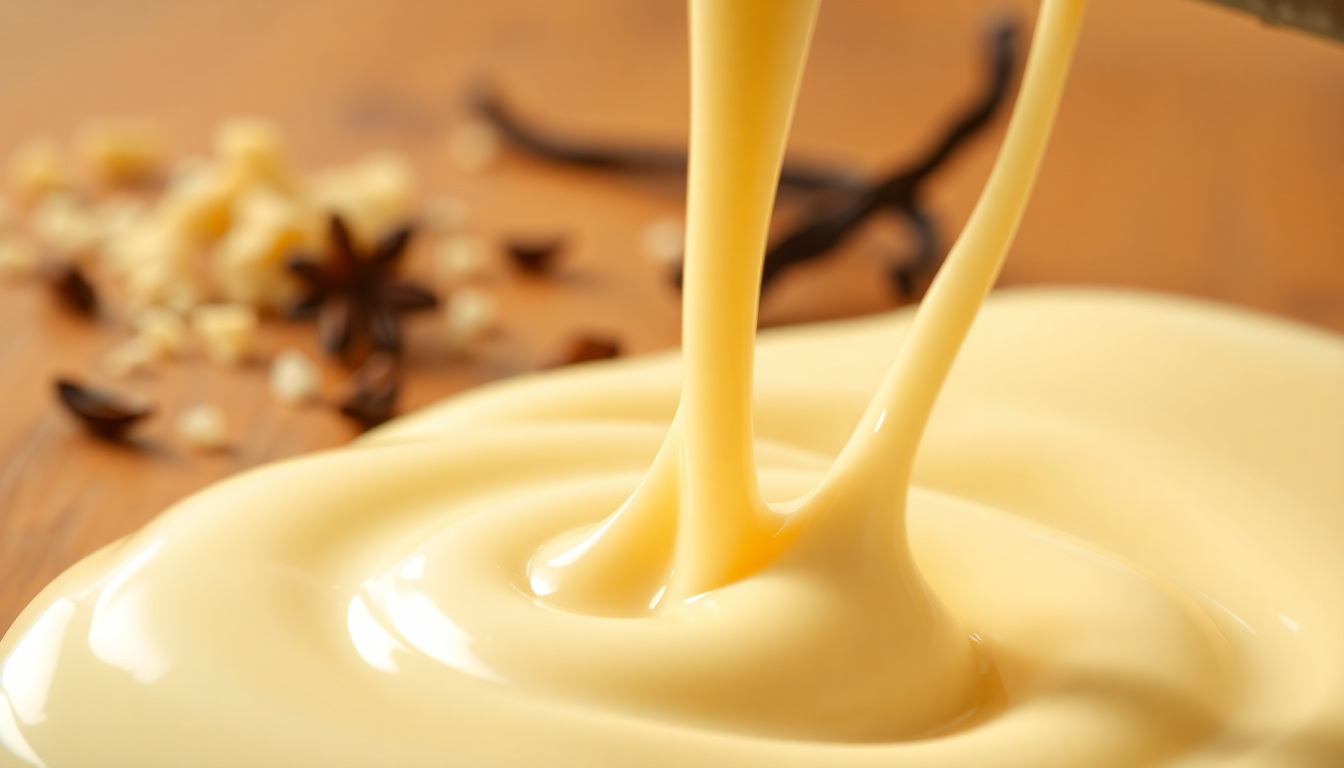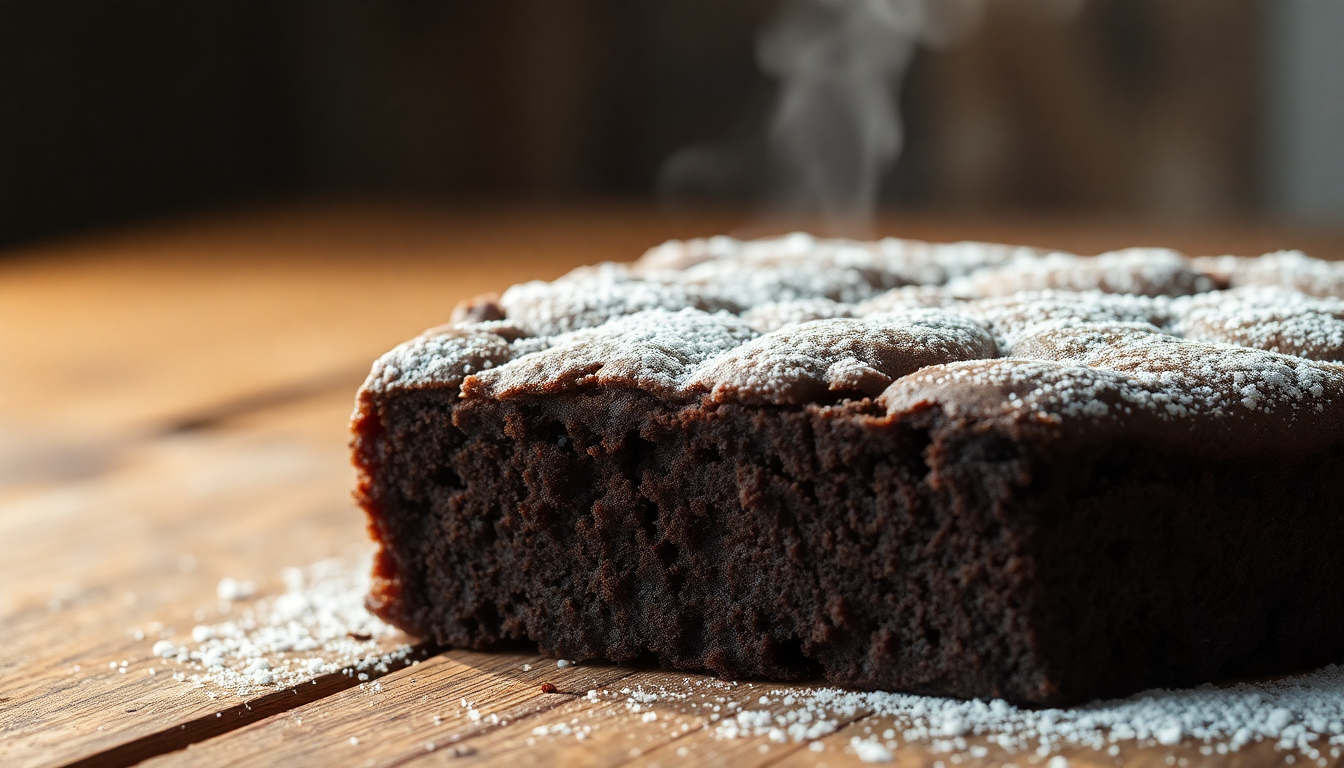
What Is White Chocolate Made Of? Understanding Ingredients and Quality Alternatives
What is white chocolate made of? This question sparks curiosity among chocolate enthusiasts who notice white chocolate's dramatically different flavor profile compared to traditional dark or milk varieties. Understanding white chocolate's composition reveals why it tastes so distinct and helps explain the ongoing debate about whether it truly qualifies as "chocolate" in the traditional sense.
White chocolate's unique ingredient profile creates its characteristic creamy, sweet flavor while lacking the bitter complexity associated with cacao solids found in darker chocolates. This comprehensive guide explores white chocolate's essential components, manufacturing processes, quality considerations, and healthier alternatives that address modern consumers' dietary preferences and wellness goals.
Core Ingredients in Traditional White Chocolate
Cocoa Butter: The Foundation Component
Cocoa butter serves as white chocolate's primary ingredient and only connection to the cacao bean. This natural fat, extracted during cacao processing, provides white chocolate's smooth, melting texture and subtle chocolate undertones. High-quality cocoa butter should possess a pale ivory color and delicate aroma that hints at its chocolate origins.
The cocoa butter content must meet specific regulatory standards for products to be legally labeled as white chocolate. In the United States, FDA regulations require at least 20% cocoa butter content, while European standards typically demand higher percentages for premium classifications.

Premium cocoa butter undergoes careful processing to maintain its natural properties while removing any residual cacao solids that would darken the final product. This delicate extraction process significantly impacts both flavor quality and manufacturing costs, explaining why artisanal white chocolates command premium prices.
Milk Solids: Creating Creamy Texture
Milk solids, typically in powder form, contribute to white chocolate's characteristic creamy texture and subtle dairy flavor. These components include milk proteins, lactose, and other dairy-derived elements that enhance both mouthfeel and taste complexity.
The quality and source of milk solids dramatically affect final product characteristics. Premium white chocolates often use milk powder from grass-fed cows or specific regional sources known for superior dairy quality. Some manufacturers opt for condensed milk or cream powder to achieve different textural effects.
Milk solids serve multiple functions beyond flavor enhancement: they help stabilize the chocolate during manufacturing, contribute to proper tempering characteristics, and extend shelf life when properly processed and stored.
Sugar: Balancing Sweetness and Structure
Sugar represents white chocolate's most prominent flavor component, often comprising 45-55% of the total composition. Unlike dark chocolate where cacao provides complex flavor notes, white chocolate relies heavily on sugar for its primary taste profile.
The type and quality of sugar significantly impact both flavor and texture. Refined white sugar creates clean sweetness, while alternatives like coconut sugar or cane sugar may add subtle flavor notes and different crystallization properties that affect final texture.
Sugar also plays crucial structural roles during manufacturing, helping achieve proper consistency and contributing to the chocolate's ability to hold shape at room temperature while melting smoothly when consumed.
Manufacturing Process and Quality Considerations
Tempering and Texture Development
Creating high-quality white chocolate requires precise temperature control during manufacturing. The tempering process ensures cocoa butter crystalizes in the desired form, creating white chocolate's characteristic snap and glossy appearance.
Poor tempering results in white chocolate that appears dull, develops white bloom (fat migration), or has gritty texture. Professional chocolate makers invest significant effort in perfecting tempering techniques to achieve optimal texture and appearance.
The absence of cacao solids makes white chocolate more sensitive to temperature fluctuations during processing, requiring specialized equipment and expertise to achieve consistent results.
Flavor Enhancement and Additives
Many white chocolates include vanilla extract or vanillin to enhance flavor complexity and mask any off-notes from cocoa butter or milk solids. Natural vanilla provides superior flavor compared to artificial alternatives, contributing to premium white chocolate's higher cost.
Some manufacturers add lecithin as an emulsifier to improve texture and extend shelf life. Quality producers use sunflower lecithin instead of soy-derived alternatives to avoid allergen concerns and achieve cleaner flavor profiles.
Salt, though used in minimal quantities, can enhance sweetness perception and balance flavors, particularly in artisanal white chocolates that emphasize nuanced taste profiles.
Health and Dietary Considerations
Nutritional Profile Limitations
Traditional white chocolate offers limited nutritional benefits compared to dark chocolate varieties. The absence of cacao solids means white chocolate lacks the antioxidants, minerals, and beneficial compounds abundant in higher-cacao chocolates.
White chocolate's high sugar and fat content, combined with minimal nutritional density, makes it primarily an indulgence food rather than a functional ingredient. Most nutrition-conscious consumers view white chocolate as an occasional treat rather than a regular dietary component.
Allergen and Dietary Restrictions
Traditional white chocolate contains multiple common allergens, making it unsuitable for many people with dietary restrictions:
- Dairy products (milk solids) exclude those with lactose intolerance or milk allergies
- Potential soy content (from lecithin) affects individuals with soy sensitivities
- High sugar content makes it inappropriate for diabetic or ketogenic diets
- Processing facility cross-contamination may introduce additional allergens
These limitations have driven innovation in alternative white chocolate formulations that address various dietary needs and preferences.
Vegan and Health-Conscious Alternatives
Plant-Based White Chocolate Innovation
Modern chocolate makers have developed sophisticated vegan white chocolate alternatives that replicate traditional white chocolate's taste and texture using entirely plant-based ingredients. These innovative products address multiple dietary restrictions while often providing superior nutritional profiles.
Vegan white chocolate typically substitutes:
- Coconut milk or cream for dairy milk solids
- Cashew butter or other nut-based ingredients for additional creaminess
- Natural sweeteners like coconut sugar for refined white sugar
- Organic cocoa butter for enhanced quality and sustainability

These alternatives often provide additional benefits including lower glycemic impact, healthy fats from nuts and coconut, and freedom from common allergens that restrict many people's chocolate enjoyment.
Enhanced Nutritional Profiles
Quality vegan white chocolate alternatives frequently incorporate superfoods and functional ingredients that transform them from simple confections into more nutritionally valuable treats:
- Coconut oil provides medium-chain triglycerides that support metabolism
- Nut-based ingredients contribute protein, healthy fats, and minerals
- Natural sweeteners offer lower glycemic impact than refined sugars
- Organic ingredients eliminate pesticide residues and synthetic additives
These enhancements align with modern consumers' desire for indulgences that support rather than compromise their health goals.
Quality Differences and Selection Criteria
Identifying Premium White Chocolate
High-quality white chocolate demonstrates several distinguishing characteristics that separate artisanal products from mass-market alternatives:
- Ivory or pale yellow color (natural cocoa butter) versus bright white (bleached or deodorized)
- Smooth, creamy texture without grittiness or waxy feel
- Clean flavor without artificial or overly sweet notes
- Proper snap when broken, indicating correct tempering
- Minimal ingredient list focusing on premium components
Understanding Label Claims and Certifications
When selecting white chocolate or alternatives, understanding label claims helps identify products that align with personal values and dietary needs:
- Organic certification ensures ingredients meet organic standards
- Fair-trade certification supports ethical cacao sourcing
- Non-GMO verification indicates absence of genetically modified ingredients
- Allergen-free claims help those with specific dietary restrictions
Culinary Applications and Pairing Suggestions
Versatility in Dessert Applications
White chocolate's neutral flavor profile and smooth melting characteristics make it exceptionally versatile in culinary applications:
- Ganaches and mousses benefit from white chocolate's creamy texture
- Glazes and coatings provide elegant finishing touches
- Baking applications where subtle sweetness enhances other flavors
- Fruit pairings that highlight natural fruit flavors without competing chocolate notes
Flavor Pairing Principles
White chocolate's subtle flavor allows it to enhance rather than dominate ingredient combinations:
- Citrus fruits create bright, refreshing contrasts
- Berries provide tartness that balances white chocolate's sweetness
- Nuts add textural interest and complementary flavors
- Spices like vanilla, cardamom, or lavender create sophisticated profiles
Storage and Handling Best Practices
Optimal Storage Conditions
White chocolate requires careful storage to maintain quality and prevent deterioration:
- Cool, dry environment (60-70°F) away from direct sunlight
- Airtight containers to prevent moisture absorption and odor contamination
- Separation from strong-smelling foods that might affect flavor
- Proper wrapping to prevent fat bloom and texture changes
Shelf Life Considerations
Quality white chocolate and alternatives typically maintain optimal characteristics for:
- Commercial white chocolate: 12-18 months when properly stored
- Artisanal white chocolate: 6-12 months due to minimal preservatives
- Vegan alternatives: Variable depending on ingredients used
- Homemade versions: 2-4 weeks refrigerated in airtight containers
The Future of White Chocolate Alternatives
Innovation Trends in Plant-Based Confections
The chocolate industry continues evolving toward more inclusive, health-conscious products that maintain indulgent experiences while addressing diverse dietary needs. Innovations in plant-based white chocolate alternatives demonstrate how traditional confections can be reimagined using sustainable, nutritious ingredients.
Emerging trends include functional white chocolate alternatives that incorporate probiotics, adaptogens, or other wellness-supporting compounds, transforming simple treats into foods that actively support health goals.
Sustainability and Ethical Considerations
Modern consumers increasingly prioritize products that align with environmental and ethical values. Sugar-free white chocolate alternatives using natural sweeteners and sustainable ingredients represent growing market segments that combine indulgence with responsibility.
These alternatives often support regenerative agriculture, fair labor practices, and reduced environmental impact compared to conventional white chocolate production methods.
Conclusion: Making Informed Chocolate Choices
Understanding what white chocolate is made of empowers consumers to make informed decisions that align with their dietary needs, health goals, and personal values. While traditional white chocolate offers a specific flavor experience, the expanding world of plant-based and health-conscious alternatives provides options for everyone to enjoy white chocolate-style treats.
Whether you choose traditional white chocolate for its classic taste or opt for innovative vegan alternatives that offer superior nutritional profiles, understanding ingredient quality and manufacturing processes helps ensure you select products that provide maximum satisfaction and value.
The future of white chocolate lies not just in replicating traditional formulations, but in reimagining what these treats can become when created with premium, sustainable, and health-supporting ingredients that celebrate both indulgence and wellness.

Claire Bennett
I'm Claire, a chocolate lover and artisan based in a small town where I run a tiny home kitchen dedicated to exploring everything chocolate. From single-origin dark bars to creamy ganache and handmade truffles, I find joy in working with all types of chocolate. I believe chocolate has a story, and I love bringing that story to life through humble, heartfelt creations.



Leave a comment
This site is protected by hCaptcha and the hCaptcha Privacy Policy and Terms of Service apply.